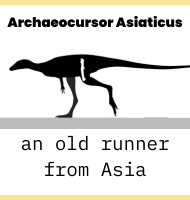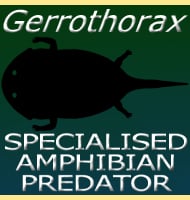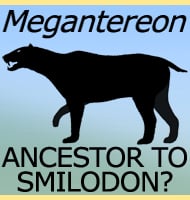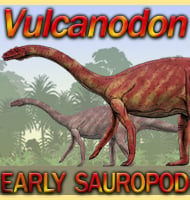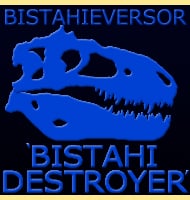In Depth
Zalambdalestes has been interpreted as a Eutherian mammal, though it has also been considered to have been an early placental mammal. Zalambdalestes would have been similar to shrews today, hunting for insects while trying to avoid predatory dinosaurs such as the dromaeosaurid Mahakala and the troodont Byronosaurus.
Further Reading
- Cretaceous mammal skulls from Mongolia. - American Museum Novitates 225:1-20. - W. K. Gregory & G. G. Simpson - 1926. - New data on the skull and dentition in the Mongolian Late Cretaceous eutherian mammal Zalambdalestes. - Bulletin Of The American Museum Of Natural History 281, 1-144. - J. R. Wible, M. J. Novacek & G. W. Rougier - 2004.

